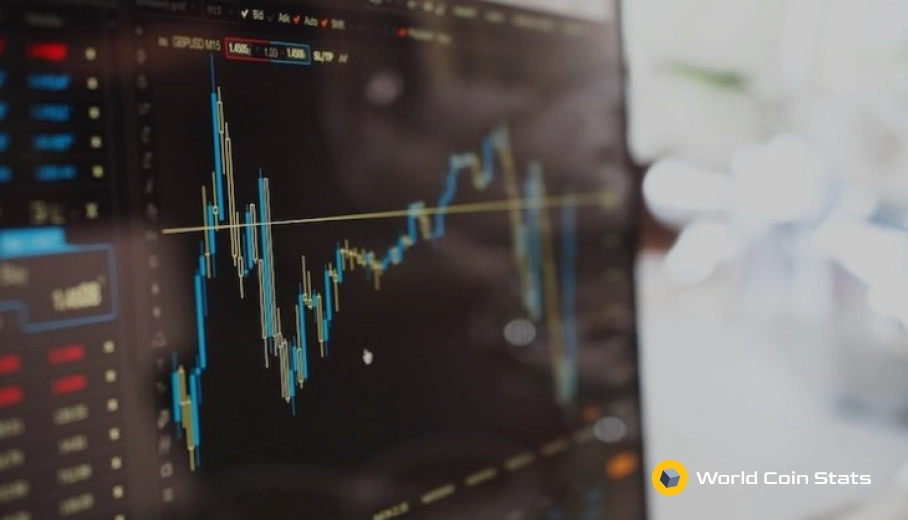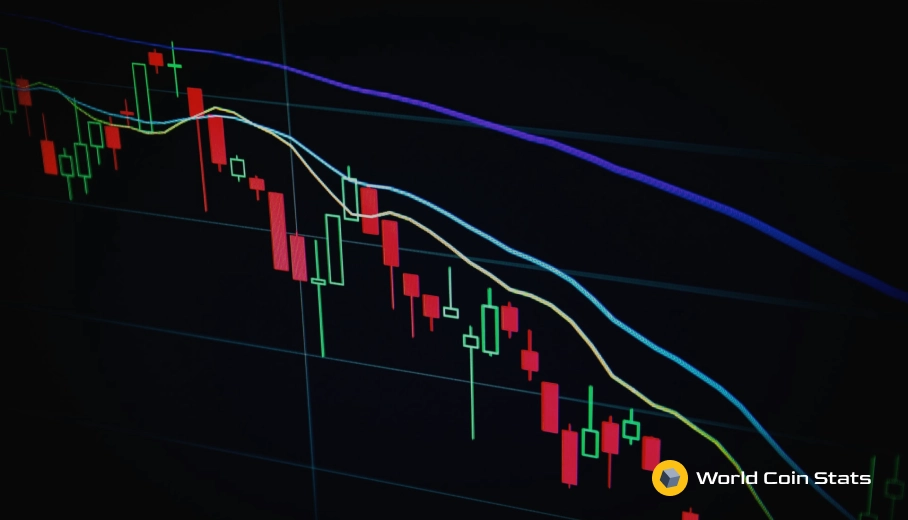What is Structural Unemployment? Examples, Causes, and Effects
As you have probably already noticed, unemployment affects different sectors across the world. Typically, unemployment affects not only the income of families, but it also leads to the loss of their purchasing power.
Which, on the other hand, can lead to unemployment for other workers. Or in other words, unemployment impacts both the unemployed and employed individuals. Also, a high unemployment rate has the power to reduce the economy’s output too.
Moreover, unemployment occurs when a jobless individual is actively seeking employment. Further, economists categorize the main types of unemployment into three groups – Frictional, Cyclical, and Structural.
Typically, the first one occurs when jobless individuals are looking for a job and are part of natural unemployment. On the other hand, cyclical unemployment results when the overall demand for goods and services in an economy cannot support full employment.
Well, in this article, we will focus on the third group of unemployment – Structural unemployment. So, if you want to learn more, you should keep on reading.
What is Structural Unemployment
Usually, economists define the situation when there’s a mismatch between the skills employees have and the skills employers need as structural unemployment. For instance, structural unemployment is when a company replaces machinery workers with robots.
Typically, when this happens, workers who have so far performed specific tasks must now adapt and learn how to manage the robots that have replaced them. Of course, the majority of companies offer retraining for all workers for other jobs.
However, many of them face long-term structural unemployment. Unfortunately, in some cases, most workers are fired, and only the most qualified remain.
Further, structural unemployment occurs as a consequence of a prolonged recession period. Also, this is long-term unemployment. So, some jobless individuals may find it challenging to find a job for a long time. In this case, their skills would probably be outdated once the economy recovers.
On the other hand, other individuals prefer to take a lower-level job. Indeed, during structural unemployment, there are many job positions available. However, most of them are of low quality and/or require little to no skills.
Furthermore, economists warn that if these people don’t find a job after the economy recovers, then structural unemployment may lead to a higher rate of natural unemployment.
Causes of Structural Unemployment
According to economists and experts in this field, two causes create structural unemployment.
Technological Advances in an Industry – Let’s take manufacturing, for example. Typically, companies prefer to boost manufacturing productivity by replacing humans with robots or computers.
When this happens, the replaced workers have two choices. On the one hand, they can get training in computer operations and continue working in the same industry. On the other side, workers can look for another job.
Job Outsourcing / Trade Agreements – It is common practice for companies to move their manufacturing or even call centers to another country. Typically, they are motivated to do so due to the lower labor costs.
Moreover, companies look for countries with lower costs of living. Further, by moving their manufacturing to another country, these companies leave former employees without a place to work.
Effects
Usually, economists associate structural unemployment with occupational immobilities, geographical immobilities, technological change, and overall fundamental change in the economy. But what are the effects structural unemployment has on individuals and society? Let’s take a look at some examples.
- Structural unemployment affects older people the most, as they don’t have the necessary technical skills.
- This type of unemployment might not affect the younger generation.
- Structural unemployment increases income inequality.
- There might be a fall in demand for some types of labour, especially those sectors where computers or machines replaced humans.
Moreover, during a prolonged recession and structural unemployment, there is a mismatch between the skills or locations of jobless workers and the skill requirements or areas of available jobs.
Examples
The first cause of structural unemployment is the change in technology. One industry that has been changed forever by technological advances in the newspapers industry.
For instance, companies nowadays prefer web-based advertising instead of newspaper ads. Moreover, the majority of people read news from online media and rarely buy physical newspapers.
Another great illustration of structural unemployment is farmers. Not only can small-scale farmers not compete with giant food corporations, but they can often not compete with the lower prices as well.




